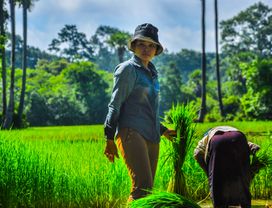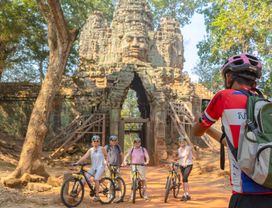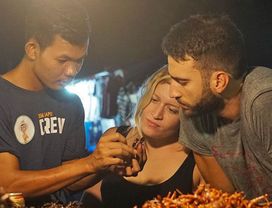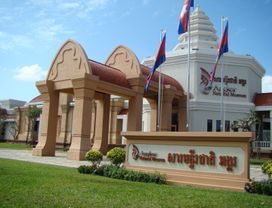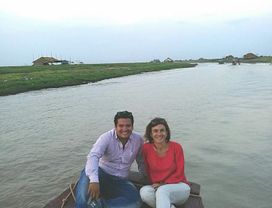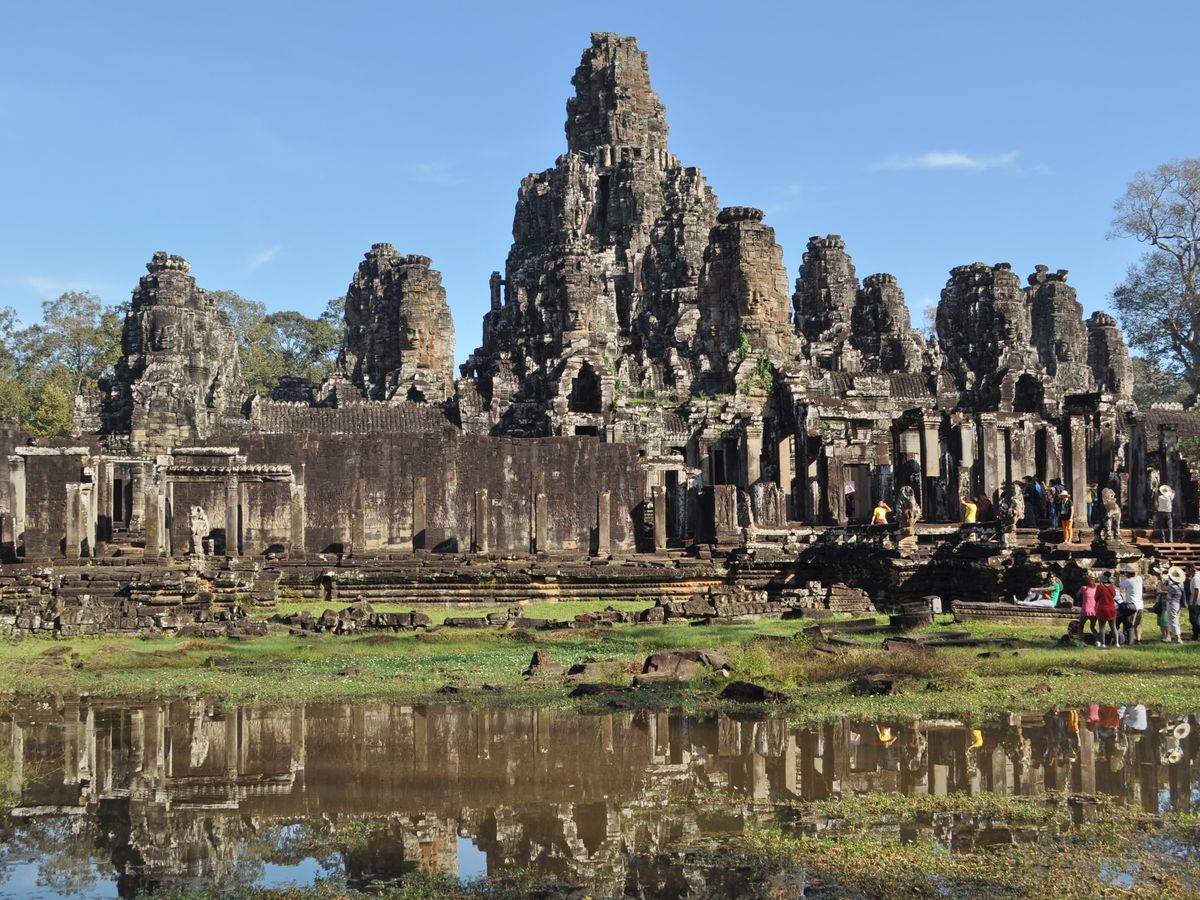
Angkor Thom
5
(118)

Standing in Angkor Thom is to stand in the last great capital city of the Khmer Empire. Established in the late 12th century by King Jayavarman VII, it was a robust and productive city of its time, with impressive ruins remaining. They include the Bayon, Baphuon, Terrace of the Elephants, and Phimeanakas.
Angkor Thom is flanked by four walls, each with an entrance that leads to the Bayon, a surreal temple of faces at the center of the city that also served as the state temple. A moat surrounds the outside of the city. This layout leads archaeologists to believe that the Bayon is Mount Meru in Hindu mythology while the walls and moat are the mountains and ocean surrounding it.

The fall of Angkor Thom came around 1609, after being sacked by the Ayutthaya Kingdom. The capital then moved to the current day Phnom Penh, and Angkor Thom was abandoned. At its height, the capital city is believed to have housed between 80,000 and 150,000 people. However, the housing and buildings of the city that were made from wood have largely been lost, and the area today is covered by the forest.
The main entrance to Angkor Thom is the south gate, with a scenic view of the face statues mounted on the archway surrounded by the forest. Visiting hours are from 5:00 AM to 6:00 PM and you must possess an Angkor Pass to enter.

